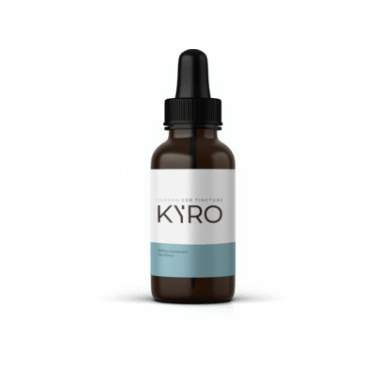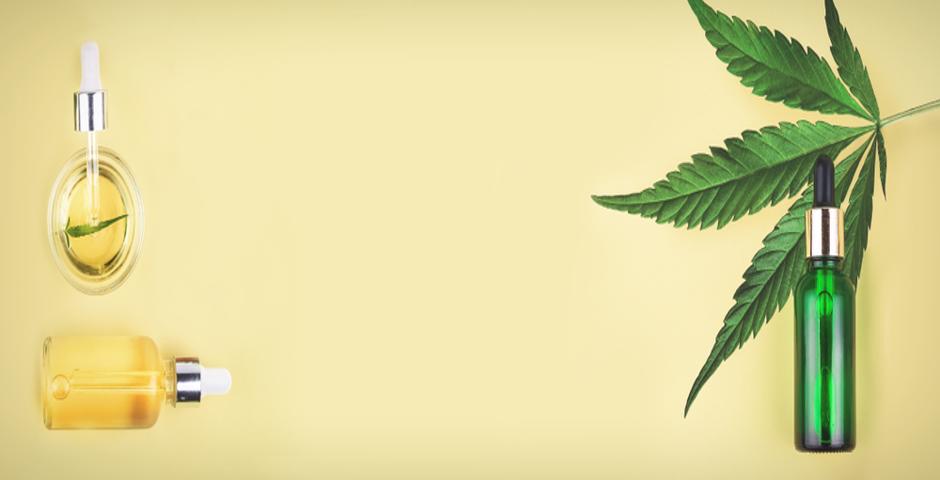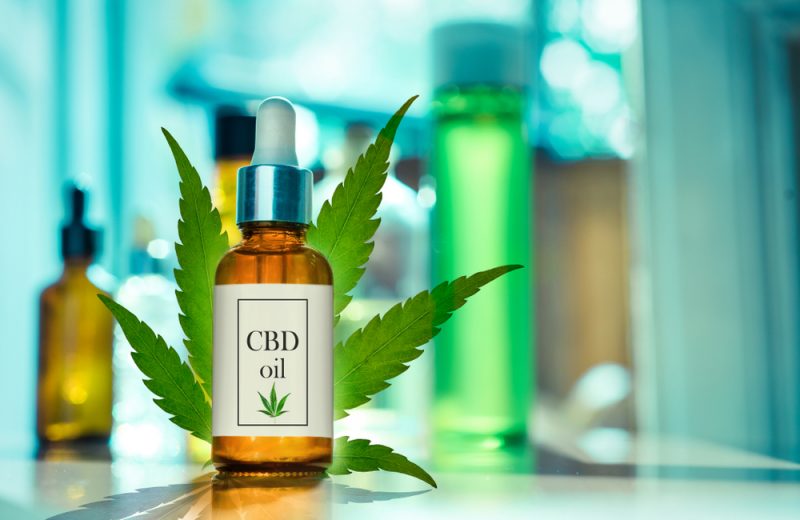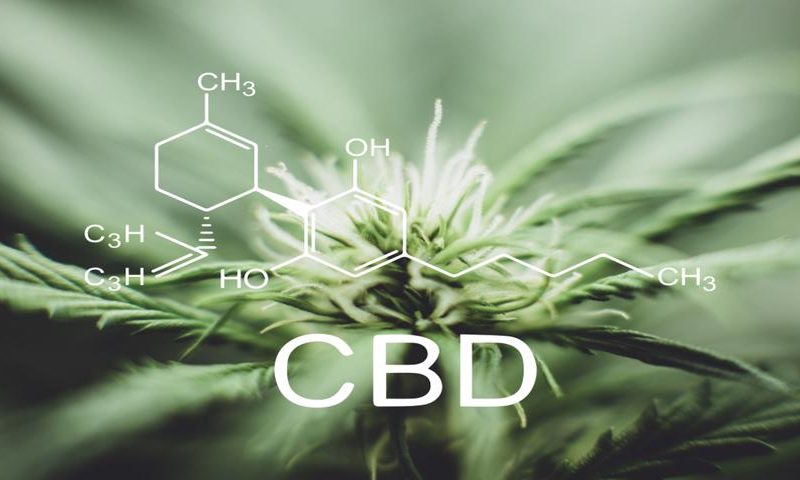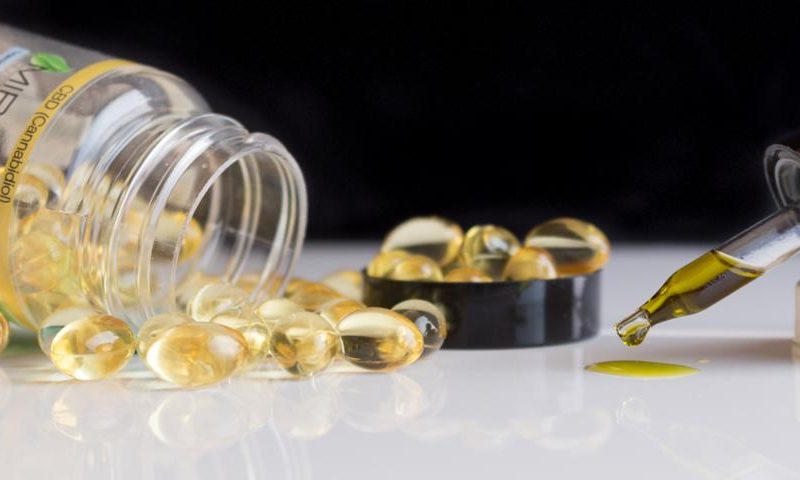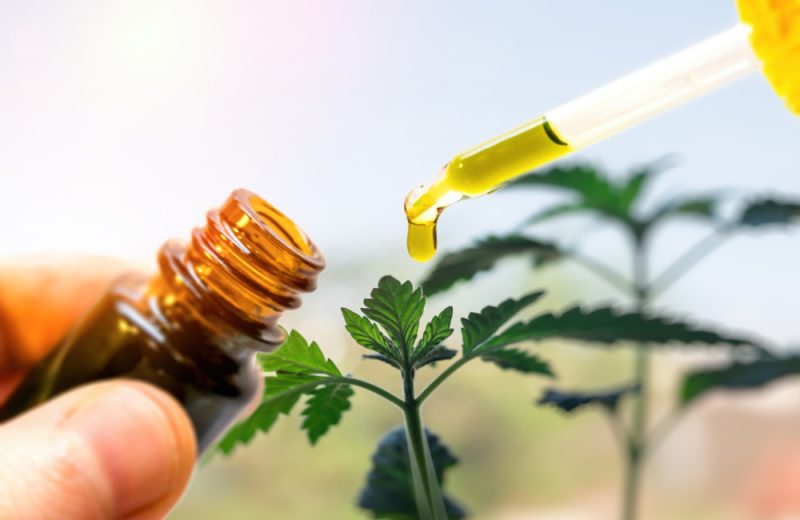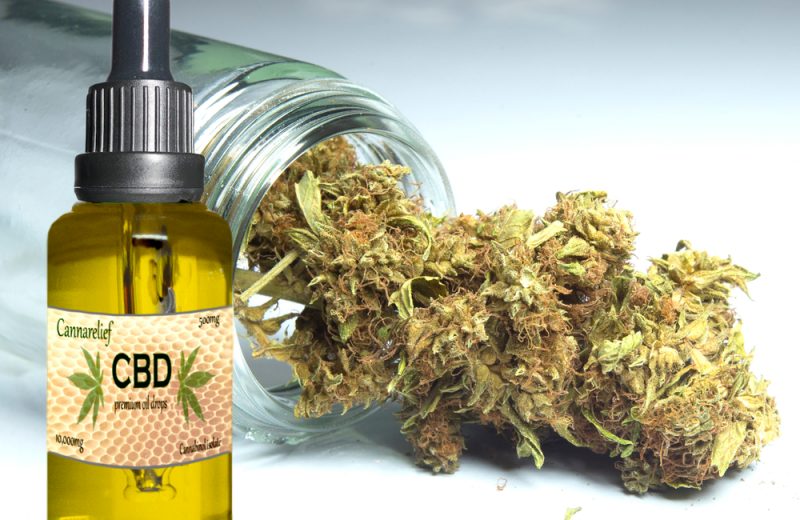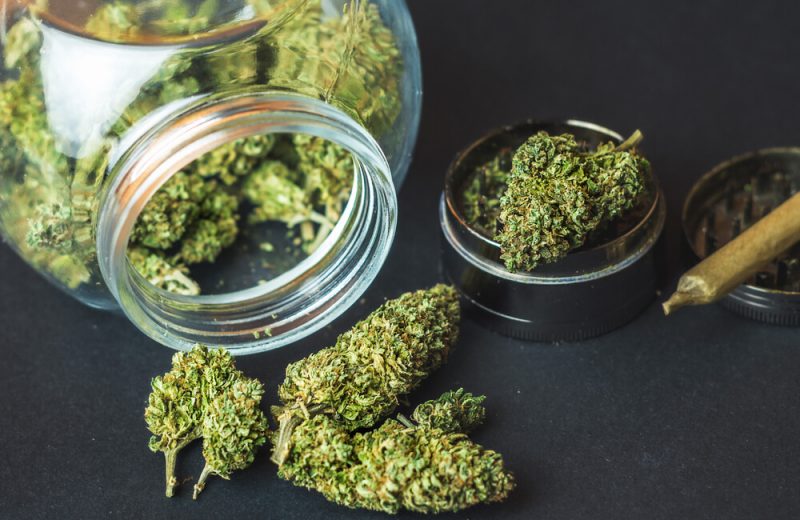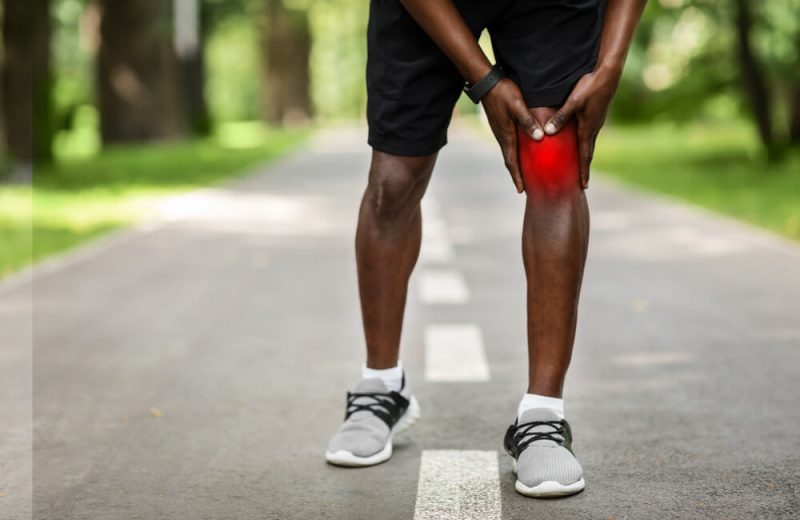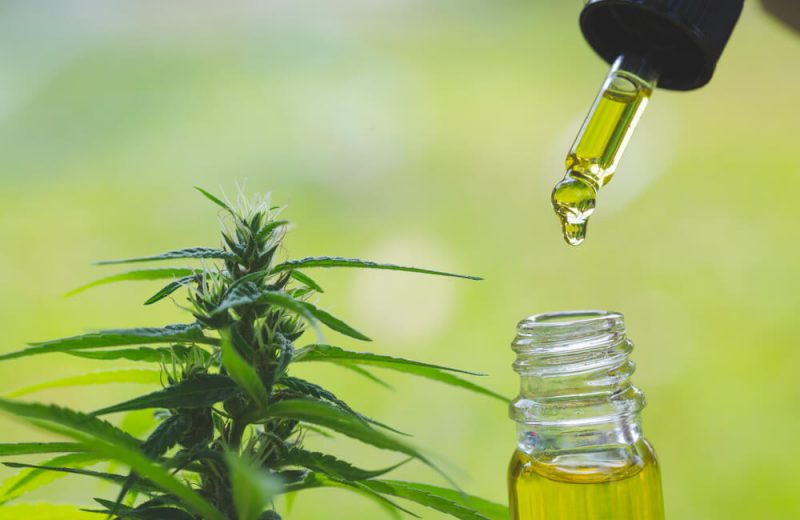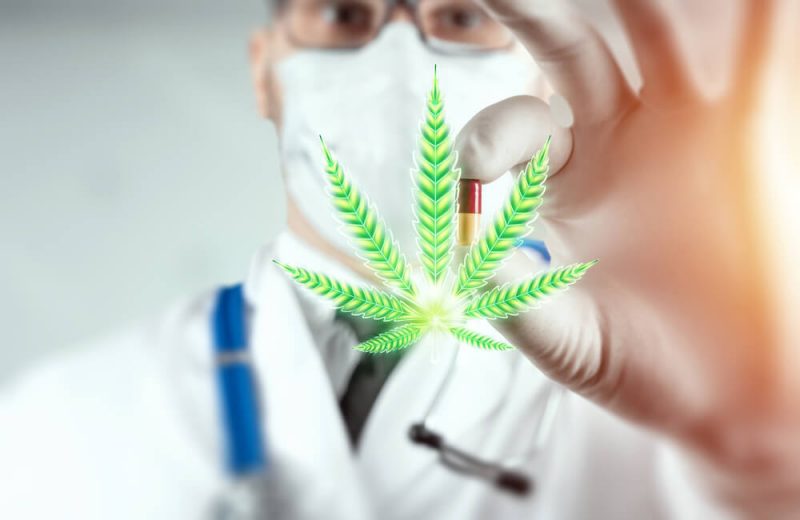CBD tinctures are a popular form of cannabidiol product in the form of an oil that contains a specified potency of CBD, as well as components to help increase the potency and absorbability of the CBD.
When CBD can be taken into the body in a variety of ways, the tincture and oil approaches seem to have consistently maintained a status as some of the more preferred methods for those who don’t use any products with THC. Tinctures can be purchased with different potencies of cannabidiol, although they’re often on the stronger end of the product line.
As an oil, they’re often consumed through sublingual ingestion, using a dropper to place the CBD underneath the tongue, where it rests for 30 seconds to one full minute, and then is swallowed for continued ingestion. Although the process can take a bit longer to absorb into the body than inhalants, it can be quicker than capsules or edibles.
In order to break down the myths and misunderstandings surrounding CBD and to understand the potential benefits, it’s important to understand just what it is, why everyone is talking about it, how it can be used, and how it works for the body.
Why is everyone talking about CBD these days?
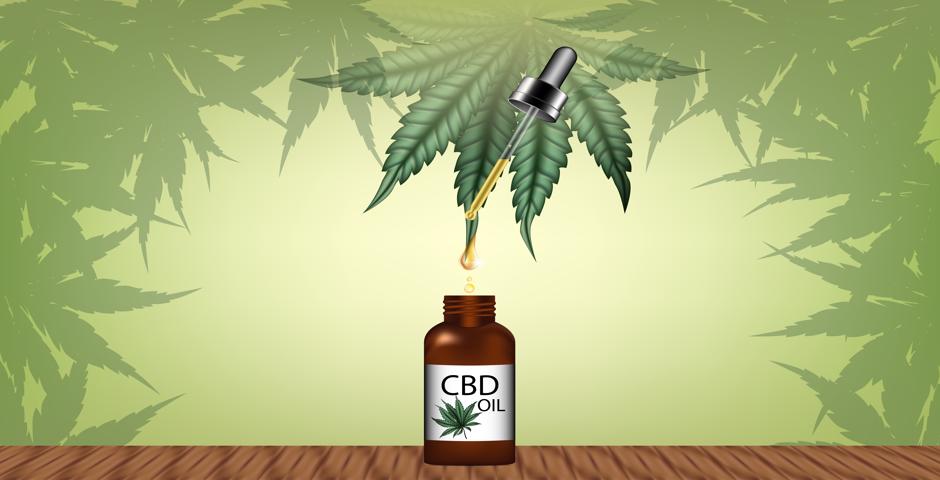
The excitement around CBD oil in the contemporary market can be traced back to its origins in the original story revolving around a child named Charlotte, who suffered from a severely extreme form of epilepsy.
When Charlotte turned three months old, she experienced her first seizure. They steadily increase over the next few months. Eventually, doctors came to a diagnosis of Dravet Syndrome, a severe form of epilepsy that cannot be controlled by medication. At the height of her illness, Charlotte had been experiencing around 300 grand mal seizures a week, with no treatment in sight.
Then, her parents decided to try a new approach they’d heard of online, which required a low THC, high CBD form of cannabis. THC, or tetrahydrocannabinol, is the psychoactive component found in marijuana, so by removing it, the individual consuming it would not experience the euphoric high of marijuana.
After working with doctors and specialists to find the right dose for Charlotte, her seizures went from 300 a week to two or three times per month.
While this story was one of the more significant stories in the journey of CBD products to the mass market, it’s not the only reason.
Although medicinal marijuana, and even recreational marijuana, have had a slow progression through the courts toward legalization across the United States, CBD’s journey has been a bit different.
As more and more studies continued to be completed on the effects and impacts of CBD on the human body, it earned greater acceptance as a method of management with some conditions and symptoms. In particular, the effects of CBD on the human body for the management of anxiety, stress, and sleep disorders have shown positive results.
Following these revelations, users and practitioners alike sought to find additional therapeutic or symptomatic uses for the compound. Because it works with the body’s own naturally-produced cannabinoids, it’s touted as a more natural form of treatment than traditional, prescription medications.
Studies continued in a variety of areas, with experts looking at its ability to aid with cancers, depression, drug or alcohol addiction, opioid addiction, pain management, neurological disorders and conditions, heart health, arthritis, acne, and weight loss or weight gain.
Although many of these studies remain in preliminary stages, the case studies regarding CBD and epilepsy, in particular, have been proven to be effective. Within the last few years, the FDA officially approved Epidiolex, an oral solution of CBD, for the treatment of severe forms of epilepsy. The federal approval further skyrocketed CBD into the public eye.
When hemp products containing extremely low THC and higher levels of CBD were also given federal approval for growth and distribution, the market exploded. Shops selling and distributing legal CBD and hemp products began popping up everywhere, often advertising a wide array of healing properties to consumers.
In a consumer market that trends toward natural and organic, health-conscious and body-aware products, hemp cannabidiol products seemed to fit that niche perfectly. Patients and people continue to seek ways to manage or treat their symptoms or conditions more and more without the use of traditional prescription medications.
What are CBD tinctures, specifically?
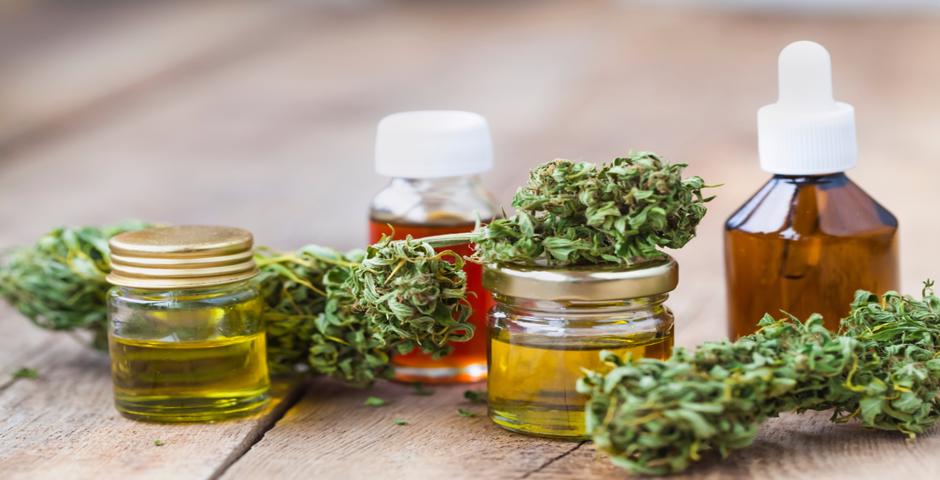
CBD tinctures are an oil-based form of CBD extract, that contains extremely low quantities of THC. While cannabidiol products are grown and distributed in the form of oils, topical creams, vaporizers, and capsules, the tincture (oil-based) form is one of the more popular methods of choice.
Tinctures are a CBD solution of extracted CBD in an oil solution, often hemp or coconut oil, with purported therapeutic or healing qualities. Tinctures are most often ingest sublingually, meaning that a specified amount of the oil is placed under the tongue, where it remains for thirty seconds to one minute, before being swallowed and fully ingested.
The sublingual ingestion allows for the quick absorption of the cannabidiols into the body, while swallowing the solution after allows for a gradual, consistent, and sustained ingestion into the system as a whole. While it generally depends on the potency, tinctures have a tendency to last longer in the body than inhalants and are absorbed better than topicals, edibles, or capsules.
Some tinctures are often produced with other compounds designed to alleviate other specific symptoms or conditions or to help improve absorption into the human body. Many of the market products out there simply contain a mixture solution of coconut oil and a concentrate of CBD extract.
Is a CBD tincture the same as a CBD oil?
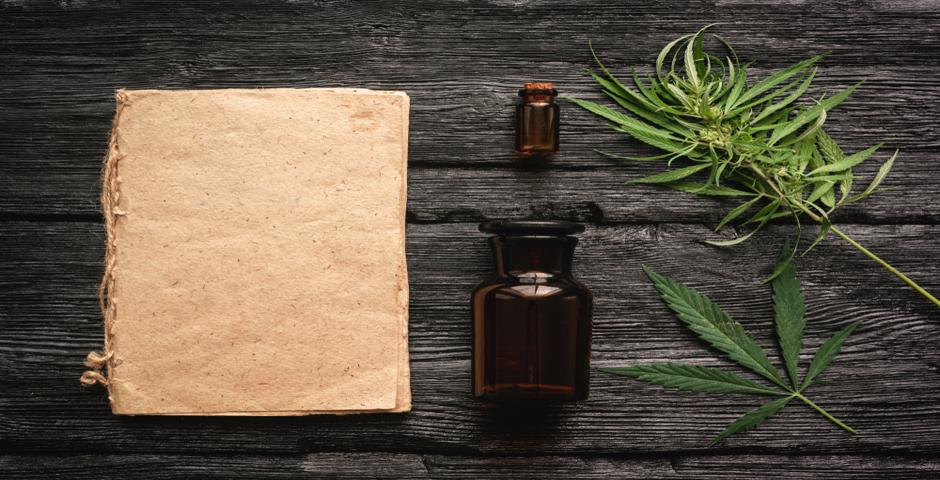
Although the two are often labeled, referenced, and used interchangeably, there is a difference between CBD tinctures and CBD oils that needs to be clarified.
By its very definition, a tincture itself is defined as a medicinal product that is created through an alcohol extraction process and draws its healing qualities from a plant. While a tincture can be an oil, not all oils are tinctures. A CBD tincture, therefore, is an oil that draws medicinal purposes from a plant, specifically with the use of alcohol to extract the key compound from the plant.
By contrast, CBD oils can be produced through one of a few methods, whether it is the alcohol extraction method or the CO2 extraction method (the two most common and popular forms of extraction), steam distillation, hydrocarbon extraction, or one of the other newer methods entering the market.
How are CBD tinctures made?
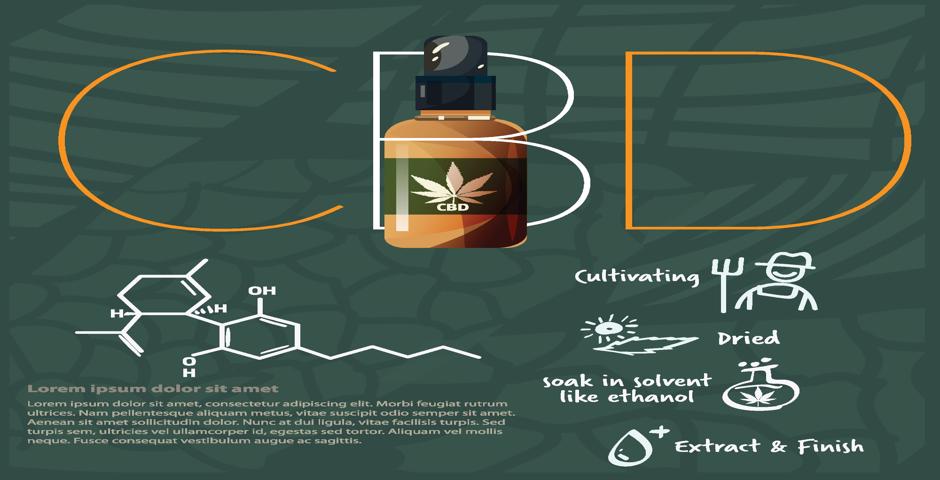
First and foremost, it is important to note that not all CBD tinctures are, in fact, made the same. The strain of the hemp plant selected for harvest, the method of extraction, and the efficiency of the producer, all impact just how potent, reliable, and long-lasting a CBD tincturecan be.
In a market such as the one that exists today, there is an ever-increasing number of growers and producers looking for their share of this fast-growing market. Although CBD hemp products are legal at the federal level as long as the THC count remains below .3%, the market remains largely unregulated when it comes to process and testing.
More often than not, consumers who purchase from less reliable producers will find that the CBD concentration on the label often doesn’t match with the actual product. Many experienced producers know how to create a product that follows precise concentrations and ratios of CBD to THC.
That said, true CBD tinctures are created through the ethanol extraction process. This process involves immersing the plant into an ethanol solution which dissolves and separates the oils from the rest of the plant, and then dissolving the alcohol (ethanol) from the oil. This concentrated oil is then placed into an additional mixture, often either coconut oil or hemp oil, depending on the producer and their preference and product.
Although tinctures in general (not specifically CBD) are more commonly recognized as an older, more traditional method of receiving medication, it’s increased in popularity as a CBD product.
One of the benefits to CBD tinctures results in the fact that its process is always the ethanol extraction method. This method of extraction is often preferred by many producers because it’s highly efficient, it’s cost effective, it maintains the purity of the CBD, maintains extremely low toxicity levels, it requires less energy to produce. One of the downsides of ethanol extraction is that it takes longer than other methods, although if it is more cost-effective and more efficient, many producers are willing to take the time.
Many different factors come into play when it comes to the process, and many of them impact the quality or potency of the product. Higher heat levels during extraction might speed up the process but might also decrease the potency. By the same token, lower heat levels might slow down the process but maintain a stronger and more potent tincture.
When a producer is knowledgeable with their product and their extraction process, they can use the heat factors to create a more or less potent product by choice, providing their consumers with a wider selection of choices and concentrations to choose from. Bodyweight, size, intention, and method of consumption are just some of the factors impacting a consumer’s decision regarding the potency of their desired CBD product.
How to use CBD tinctures
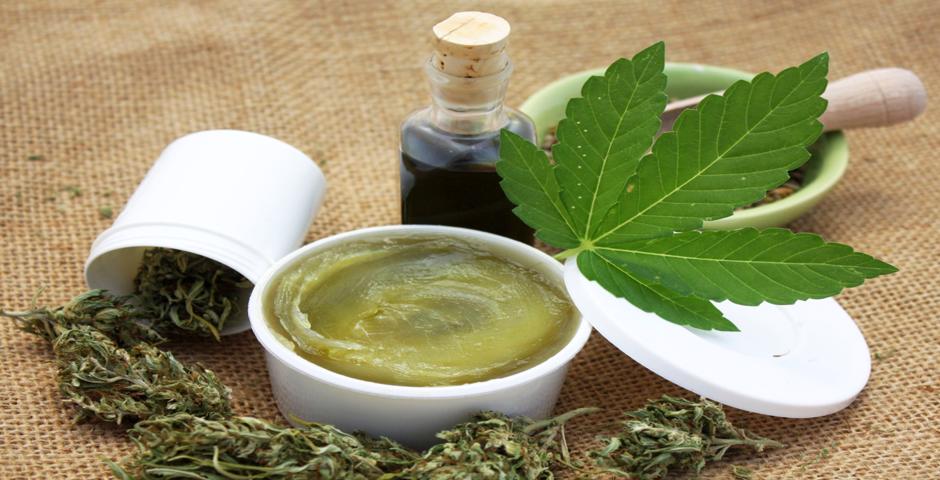
Like any of the CBD products appearing on the market, the lack of federal regulations means that the products are offered at a variety of potencies and concentrations. For this reason, it’s important that any individual looking to supplement or manage a condition or symptom needs to first consult with their doctor.
It is also important that potential consumers conduct their own research and find reliable, well-knowledgeable suppliers to purchase from. The more reliable a producer is, the more information they’ll be able to provide consumers with and the more accurate their labels will be.
In addition to the varying levels of potency, another present challenge with CBD tinctures lies in the miscommunication regarding the recommended dose for an individual. Because concentrations come in so many different strengths and because most consumers are looking for one of a variety of treatments, it can be challenging to pinpoint the right dosage amount.
Consult with the seller in person, be open and direct with your intentions and hopes, and most importantly, start small with your dose and work your way up until you achieve the desired results you’re looking for.
When it comes to using CBD tinctures specifically, once the right dose and concentration has been chosen, users have a few different methods for consumption, which have similar effects. Tinctures are purchased with a dropper that measures out the dose. Typically, most products recommend a 25mg dose of CBD per day, although again, that number varies based on the potency and concentration.
Using the supplied dropper to allocate the correct quantity, place the CBD solution directly under the tongue. It should remain under the tongue for thirty seconds to a minute, before being swallowed. In holding the solution under the tongue, it allows the sensitive tissues under the tongue to absorb the cannabidiol compound directly into the bloodstream, but in a reasonable and manageable manner. When the cannabidiol oil is swallowed, the ingestion into the stomach allows for a slower and more progressive ingestion into the body.
The sublingual approach is often a preferred method for users of the product because it allows a small amount to be quickly absorbed into the body, while the swallowing of the product allows for a gradual and sustained distribution into the body, as well.
By contrast, CBD edibles work slowly as they’re consumed solely through the stomach, and CBD vapors or inhalants are rapidly absorbed into the bloodstream and are removed from the body much more quickly. Topical forms of CBD aren’t absorbed into the bloodstream and remain to provide relief on the skin. Capsules, similar to edibles, also are a slower method as they work through the stomach and digestive system.
Additionally, some users of CBD tinctures and oils prefer to use the droppers to place the solution into coffees or meals for an effect that is similar to the capsule or edible method. Though it is slower and more gradual, some prefer it as a primary method of ingestion.
Health benefits of CBD tinctures

For the general population, as a non-prescription method of management or care (as opposed to a form like Epidiolex prescribed specifically for child seizures by a doctor) one of the most strongly proven benefits is the treatment or management of stress and anxiety. The strongest evidence of the effectiveness of cannabidiol exists within this category. Individuals found themselves feeling calmer, more at peace, and less worked up or stressed about aspects of their daily lives.
In the direct management of stress and anxiety, it was discovered that CBD has the potential to help individuals find relief from a series of other conditions. Persons with depression might find relief in that depression when current stressors or anxieties are alleviated. Persons with sleep disorders or restlessness might find themselves more relaxed and at ease and have an easier time sleeping, as a result of lowered stress and anxiety. Additionally, mood-related disorders might also be alleviated as a result of a more sound and restful night of sleep. While CBD may not be proven to help manage every condition, it has been shown to significantly improve the symptoms associated with so many of those conditions.
Similarly, while CBD is no cure for ALS, or Lou Gehrig’s Disease, studies have indicated that patients feel a relief of some of the symptoms of the condition, including severe spasticity. In allowing a person to feel relief from some of the more severe symptoms of a condition, their quality of life can be significantly improved.
In addition to stress and anxiety related issues, CBD tinctures have begun showing significant promise in its potential to help those struggling with addiction, relapse, and rehabilitation. Although no studies reflect the ability for CBD to eliminate addiction, it was often revealed that the anti-anxiety and stress-relieving effects of CBD helped alleviate cravings in some subjects. With stress recognized as an identifiable trigger in relapsing, some subjects managed to find relief.
Pain management has been another recognized area of benefit. Individuals with arthritis noticed alleviated symptoms, as did those with neuropathic pain, and chronic or acute pain conditions. Pain management free of opioid prescriptions has the potential to offer a wealth of benefits, both in treating the pain itself and in preventing and decreasing the current dangerous numbers of opioid users and addicts.
Collectively, studies have also indicated the potential for relief in those with eating disorders, weight loss or weight gain, psychological disorders, heart health or bone health issues, nausea, blood circulation, and inflammatory or autoimmune conditions. For many, simply finding relief can make a huge change when it comes to their quality of life.
Additionally, some researchers have begun conducting studies on animals, often cats, dogs, and horses, and evaluating the potential for CBD products to help alleviate pain, manage symptoms, and treat various conditions.
Side effects of CBD tinctures
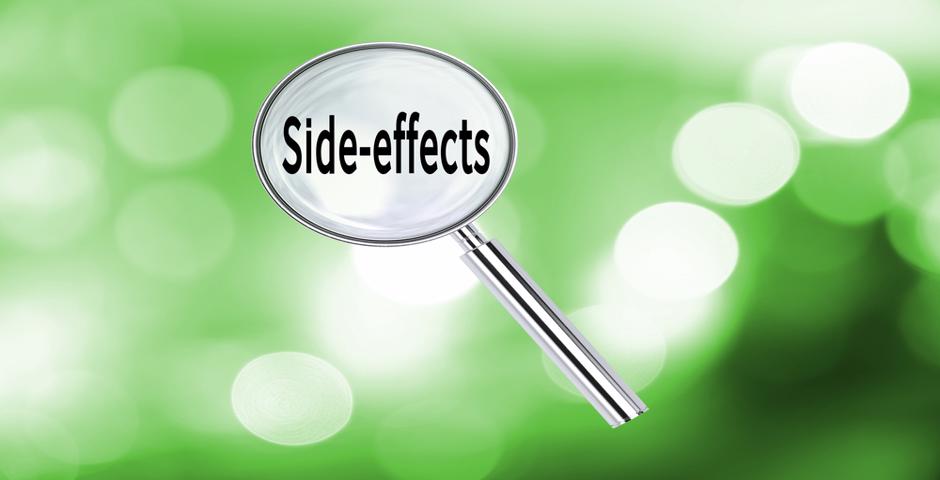
The potential side effects of CBD can often found to be in conjunction with the reasons for which an individual is taking it. For example, while some people might be taking CBD to help with a condition like anorexia, some might report weight gain as a symptom. Similarly, as CBD might be taken to help with sleep, relaxation, and sleeping disorders, some people might feel a sense of fatigue as a result of consuming CBD.
Typically, studies indicate the potential for side effects like reduced appetite, increased appetite, drowsiness or fatigue, insomnia, irritability, dry mouth or diarrhea. In some studies as well, the potency, concentration, or method of ingestion also impacted the symptoms experienced by various users. For example, while a user might report experiencing dry mouth with the inhalant method of ingestion as opposed to a tincture, few consistent connections have been made between specific consumption methods and specific symptoms.
Is CBD tincture legal?
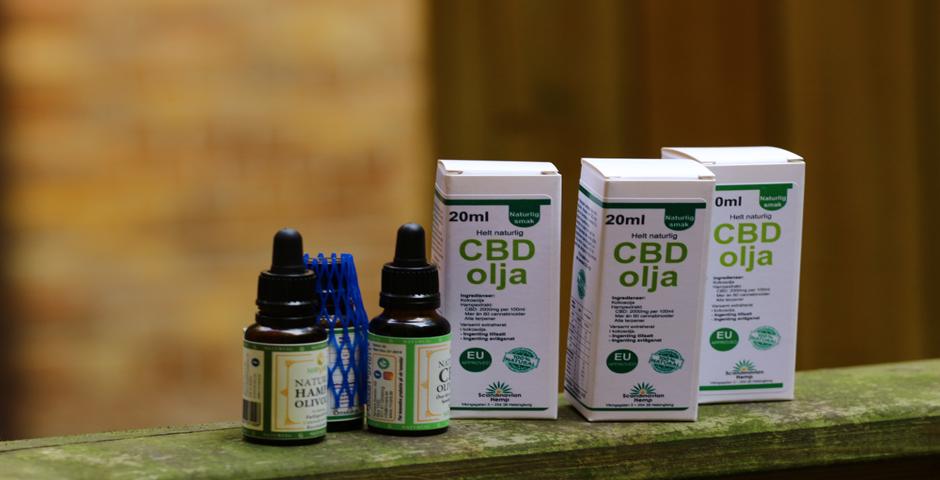
Since the legalization of CBD hemp products in 2018 as a result of the Farm Bill, CBD products can be found everywhere from gas stations to specialty stores, to farmers markets, online markets, bath and body care stores, and quite a few others.
Legally, CBD products are legal as long as the THC concentration remains below .3%. If a product is purchased from an unreliable seller, and the quantities and concentrations aren’t within the legal limit, then no, it’s not legal. Realistically, many store-bought tinctures follow the legal requirements for the maximum amount of THC allowed. They don’t want to be caught illegally selling a product to consumers. As long as an individual is assured that their products contain the required low-level THC, the CBD tincture is legal at the federal level. However, as medicinal marijuana remains disputed in some states, so, too, could CBD. The straight answer, however, is that CBD tinctures, made from a hemp plant, and containing no more than .3% THC, are legal in the United States.
Summary
CBD tinctures, as well as other CBD products, have gained increasing notoriety and acceptance over the course of the last few years, largely relating to the federal legalization of hemp-produced CBD with a THC level of .3% or lower. This distinction is crucial because CBD, cannabidiol, is simply a compound of the hemp plant, while THC, tetrahydrocannabinol, is the component in marijuana that produces the euphoric high sought by recreational users. CBD tinctures and products do not contain the THC levels to induce such responses.
After the federal legalization of CBD in the form of Epidiolex, a prescribed medication for children with severe seizures, CBD began to be recognized for a multitude of other healing and treatment or management properties. With the 2018 Farm Act, hemp products became legal for growth and distribution.
The potential for CBD to be used as a means of managing or treating a wide variety of conditions and symptoms was questioned. It also provided an opportunity for those seeking alternative methods to help manage their health, a route that didn’t require medications and prescriptions.
CBD tinctures are one of the five methods of consumption and ingestion for absorbing CBD into the body. With CBD tinctures, the product must be done with an ethanol extraction process, as opposed to the CO2 method, or one of another series of methods. Following the ethanol extraction, the CBD oil is then combined with a coconut or hemp oil, as a carrier for the CBD. The ratio of oils might vary depending on the potency of the CBD and the desired concentration of the final tincture.
This method of extraction is the primary distinguishing factor between CBD tincture and CBD oil. Oils are produced using any method, while the tinctures must involve the process of alcohol and the plant. It is a slower process, but often yields a higher result than one of the quicker methods.
With a CBD tincture, the oil is displaced from the bottle, using a measured dropper, and placed sublingually for thirty seconds to one minute. The sublingual placement allows the oil to be absorbed directly into the bloodstream via the blood vessels underneath the tongue. The solution is then swallowed to be gradually digested and released into the body.
More and more people are seeking CBD in an effort to find one of its many healing properties might be able to help them out. This list includes anxiety, stress, depression, pain, addiction, autoimmune conditions, and more. Though it’s a small percentage of individuals, not all find the properties to be healing. Some of the side effects noted in studies included dry mouth, fatigue, loss of appetite, weight gain, or moodiness.
The studies surrounding the full benefits and properties of CBD might still be new, but with further research and acceptance, the possibilities will continue. This is largely in part due to the legalization of hemp CBD products with a THC level of .3% or lower, at the federal level. With the passing of this law, shops and products began to pop up all over the United States.

